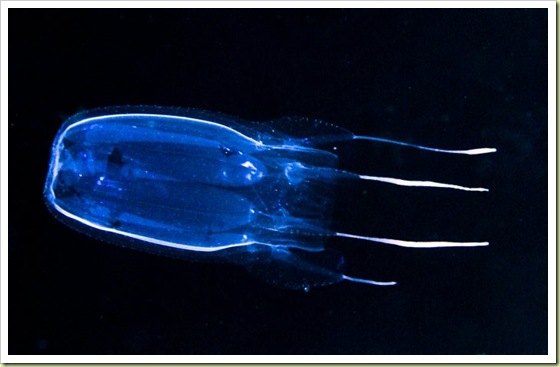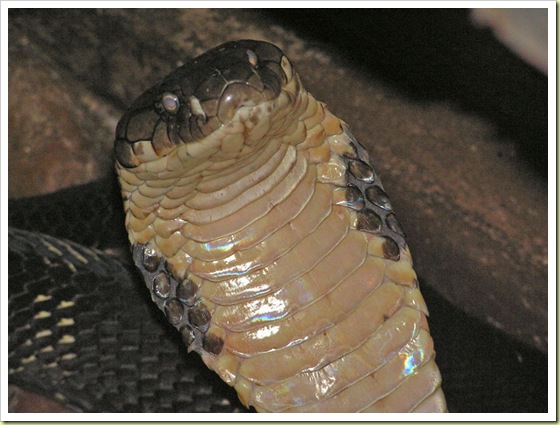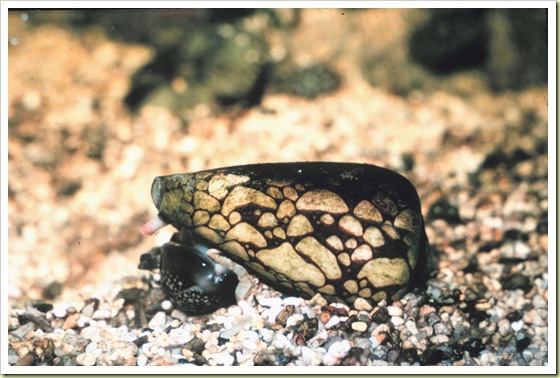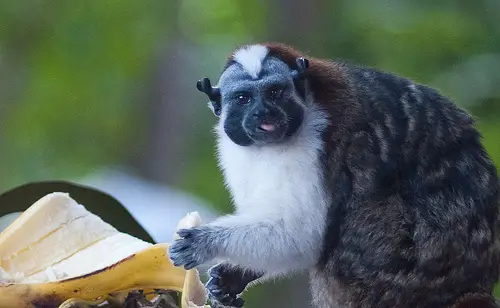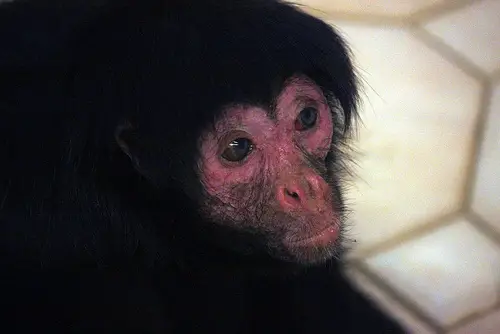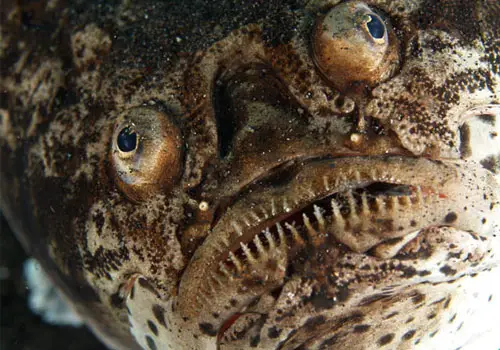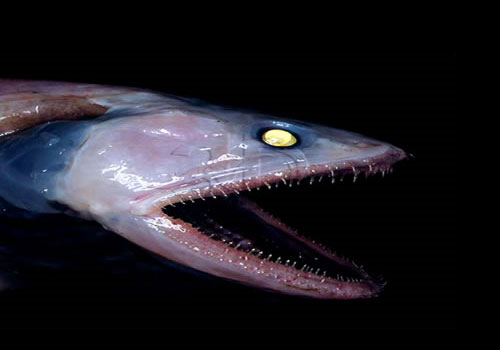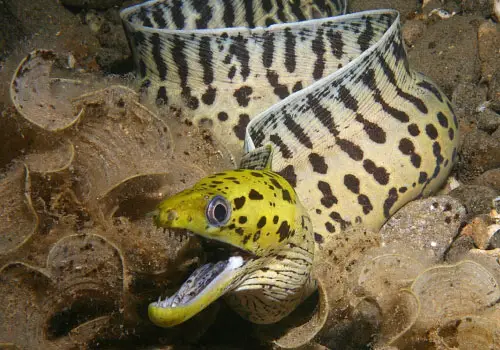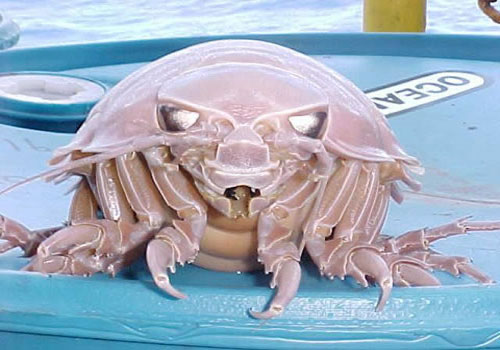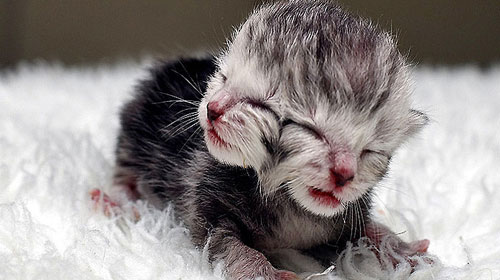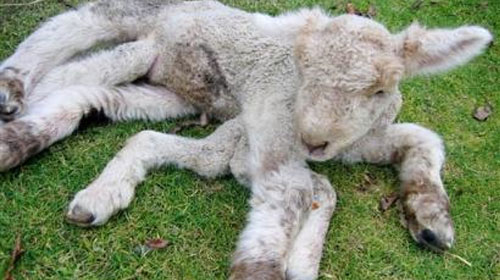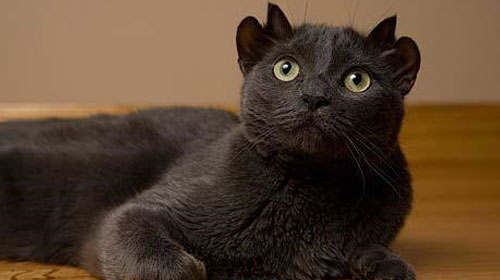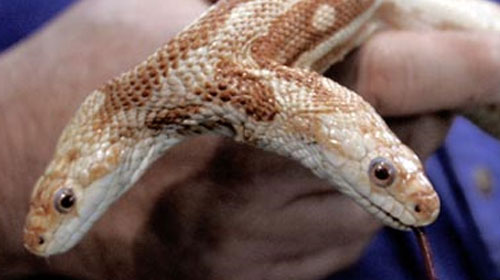More than a quarter of all people in the world belong to Eastern religions, which include Buddhism, Hinduism, Sikhism, and Taoism. These people worship in temples, which are architecturally as diverse as the religions are different from each other. From the ancient ruins of Ankor Wat to the distinctly modern Wat Rong Khun, there are hundreds if not thousands of amazing temples in the world. Here they are, in no particular order:
Tiger’s Nest Monastery


Tiger’s Nest Monastery, perched precariously on the edge of a 3,000-feet-high cliff in Paro Valley, is one of the holiest places in Bhutan. Legend has it that Guru Rinpoche , the second Buddha, flew onto the cliff on the back of a tigress, and then meditated in a cave which now exists within the monastery walls.
The monastery, formally called Taktshang Goemba, was built in 1692 and reconstructed in 1998 after a fire. Now, the monastery is restricted to practicing Buddhists on religious retreats and is off-limits to ordinary tourists.
Wat Rong Khun


Wat Rong Khun in Chiang Rai, Thailand is unlike any Buddhist temples in the world. The all-white, highly ornate structure gilded in mosaic mirrors that seem to shine magically, is done in a distinctly contemporary style. It is the brainchild of renowned Thai artist Chalermchai Kositpipat.
Actually, the temple is still under construction. Chalermchai expects it will take another 90 years to complete, making it the Buddhist temple equivalent of the Sagrada Familia church in Barcelona, Spain!
Prambanan


Prambanan is a Hindu temple in Central Java, Indonesia. The temple was built in 850 CE, and is composed of 8 main shrines and 250 surrounding smaller ones.
Nearly all the walls of the temple are covered in exquisite bas relief carvings, which narrate stories of Vishnu’s incarnations, adventures of Hanuman the Monkey King, the Ramayana epic and other legends.
Though not the biggest temple in Indonesia , Prambanan makes up in beauty and grace for what it lacks in size.
Shwedagon Pagoda


No one knows exactly when the Shwedagon Paya (or Pagoda) in Myanmar was built - legend has it that it is 2,500 years old though archaeologists estimate that it was built between the 6th and 10th century.
Now, when people say "golden temple" they usually mean that the structure is golden in color. But when it comes to the Shwedagon Pagoda, golden literally means covered in gold! In the 15th century, a queen of the Mon people donated her weight in gold to the temple. This tradition continues until today, where pilgrims often save for years to buy small packets of gold leafs to stick to the temple walls.
As if all that gold wasn’t enough, the spire of the stupa or dome is covered with over 5,000 diamonds and 2,000 rubies (there’s even a 76 carat diamond at the very tip!). And oh, the temple housed one of the holiest relics in Buddhism: eight strands of Buddha’s hair.
Temple of Heaven


The Temple of Heaven is a Taoist temple in Beijing, the capital of China. The temple was constructed in 14th century by Emperor Yongle of the Ming Dynasty (who also built the Forbidden City) as his personal temple, where he would pray for good harvest and to atone for the sins of his people.
The Temple’s architecture is quite interesting: everything in the temple, which represents Heaven, is circular whereas the ground levels, which represent the Earth, are square.




